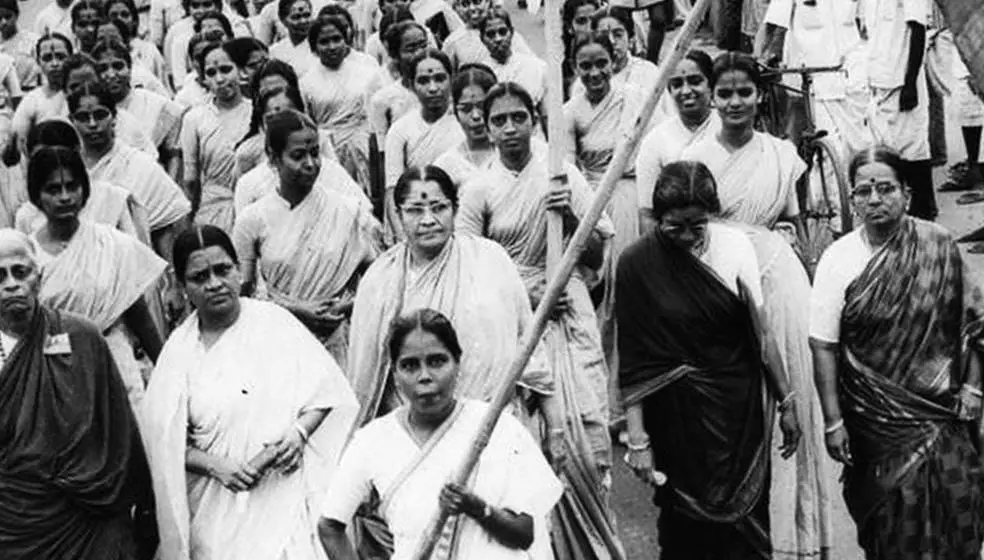What is Women Movements & Discuss it’s Feature’s
Women’s Movements refer to organized efforts aimed at promoting women’s rights, equality, and addressing issues specific to women. These movements have taken various forms across different times and contexts, each with unique features, goals, and methods.
Meaning of Women’s Movements
Women’s movements are social movements that aim to improve the status and conditions of women in society. These movements address issues such as gender equality, reproductive rights, sexual harassment, domestic violence, education, and economic empowerment. They involve activism, advocacy, lobbying, and public awareness campaigns to bring about legal, social, and cultural changes.
Key Features of Women’s Movements

- Focus on Gender Equality:
- Central to women’s movements is the demand for gender equality in all spheres of life, including social, economic, political, and cultural domains.
- These movements challenge patriarchal structures and norms that perpetuate discrimination and inequality.
- Advocacy for Women’s Rights:
- Women’s movements advocate for the recognition and protection of women’s rights, such as the right to vote, the right to education, the right to work, and the right to bodily autonomy.
- They push for legal reforms to protect women from violence, discrimination, and exploitation.
- Grassroots Mobilization:
- Many women’s movements are rooted in grassroots activism, involving the mobilization of women at the community level.
- These movements often work through local organizations, self-help groups, and community-based networks.
- Intersectionality:
- Modern women’s movements recognize the importance of intersectionality, which acknowledges that women’s experiences and struggles are shaped by multiple factors such as race, class, caste, ethnicity, sexuality, and disability.
- Intersectionality ensures that the movements are inclusive and address the diverse needs and issues of all women.
- Challenge to Patriarchy:
- Patriarchy, a system where men hold power and women are largely excluded from it, is a primary target of women’s movements.
- The movements seek to dismantle patriarchal structures and norms that oppress women and limit their opportunities.
- Political Participation and Representation:
- Women’s movements have consistently fought for increased political participation and representation of women in decision-making bodies.
- They have campaigned for women’s suffrage, reservations in political institutions, and equal representation in governance.
- Public Awareness and Education:
- Educating the public about women’s issues and rights is a key strategy of women’s movements.
- Movements often use media, literature, art, and public campaigns to raise awareness and change societal attitudes towards women.
- International Solidarity:
- Women’s movements often collaborate across national boundaries, forming alliances and networks to address global issues such as gender-based violence, reproductive rights, and economic empowerment.
- Events like the International Women’s Day (March 8) symbolize global solidarity among women’s movements.
- Legal Reforms and Policy Advocacy:
- A significant focus of women’s movements is on advocating for legal reforms that protect and promote women’s rights.
- This includes campaigning for laws against domestic violence, sexual harassment, child marriage, and for policies that support women’s health, education, and employment.
- Cultural Transformation:
- Women’s movements aim to transform cultural practices and norms that perpetuate gender stereotypes and discrimination.
- They challenge practices such as dowry, female genital mutilation, and honor killings, advocating for cultural shifts towards gender equality and respect for women’s autonomy.
Conclusion

Women’s Movements have played a critical role in advancing the rights and status of women worldwide. By focusing on gender equality, challenging patriarchy, advocating for legal reforms, and mobilizing at the grassroots level, these movements have brought significant changes in laws, policies, and societal attitudes, contributing to a more just and equitable world for women.
Share this content:


Leave a Reply